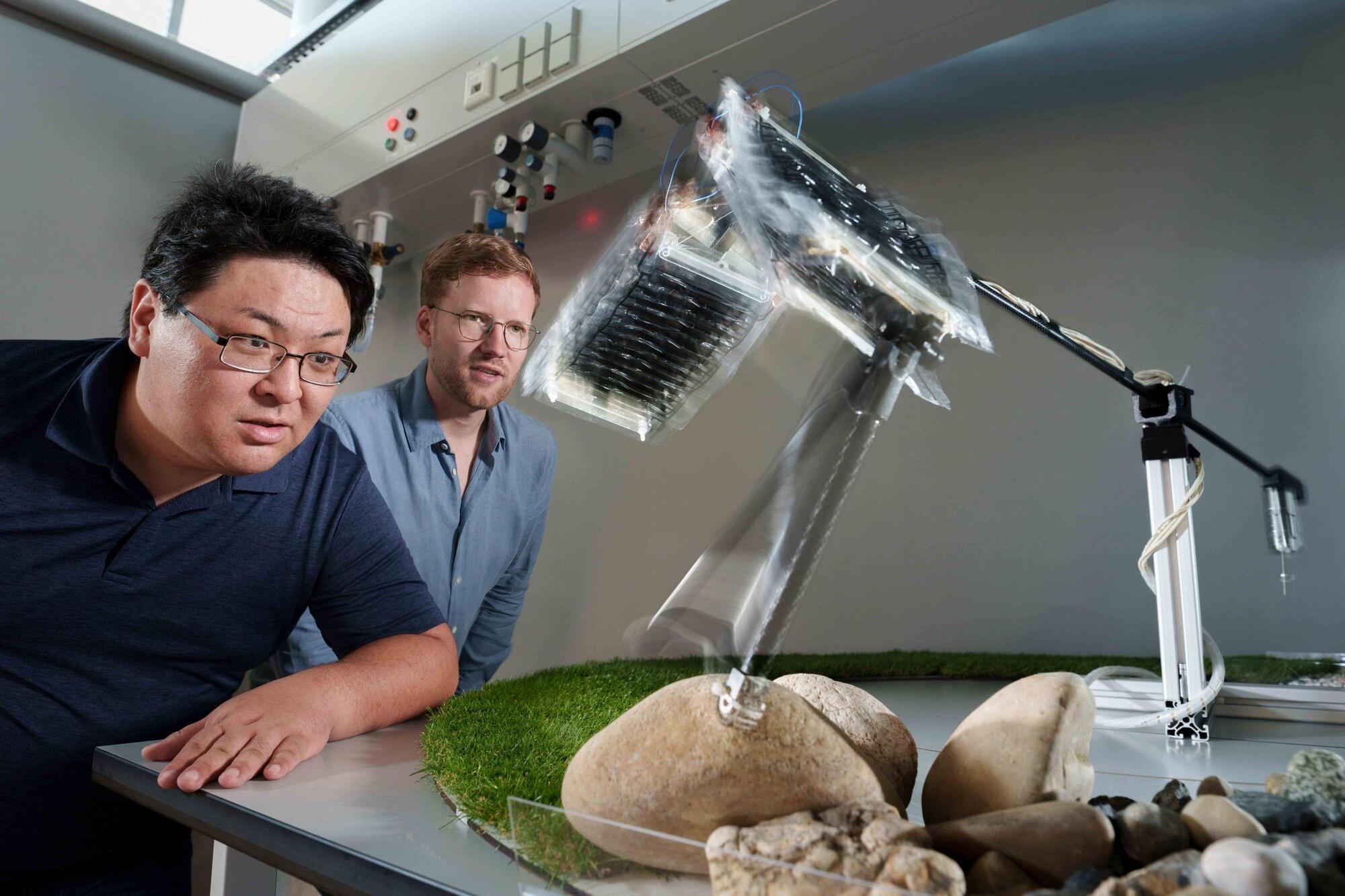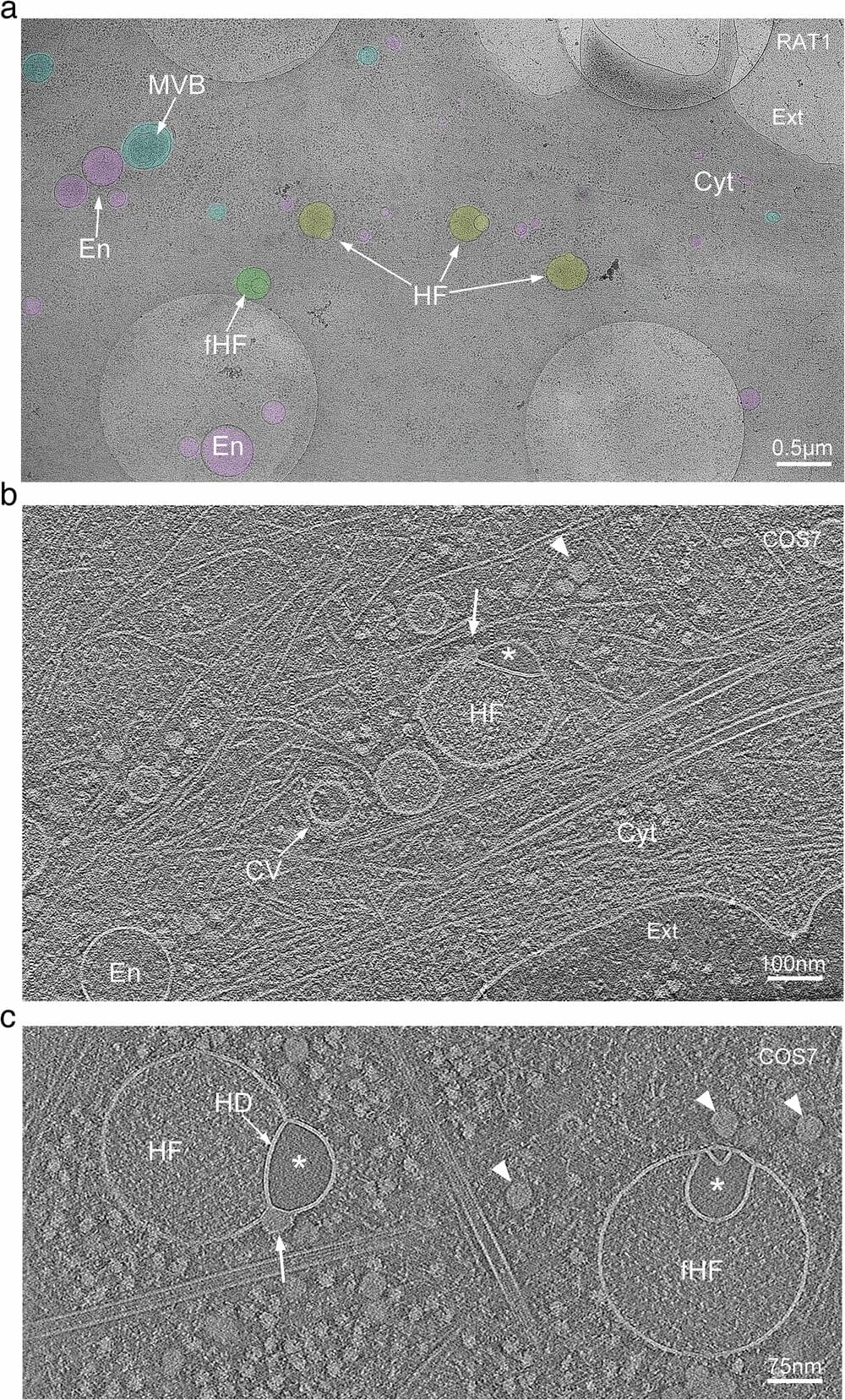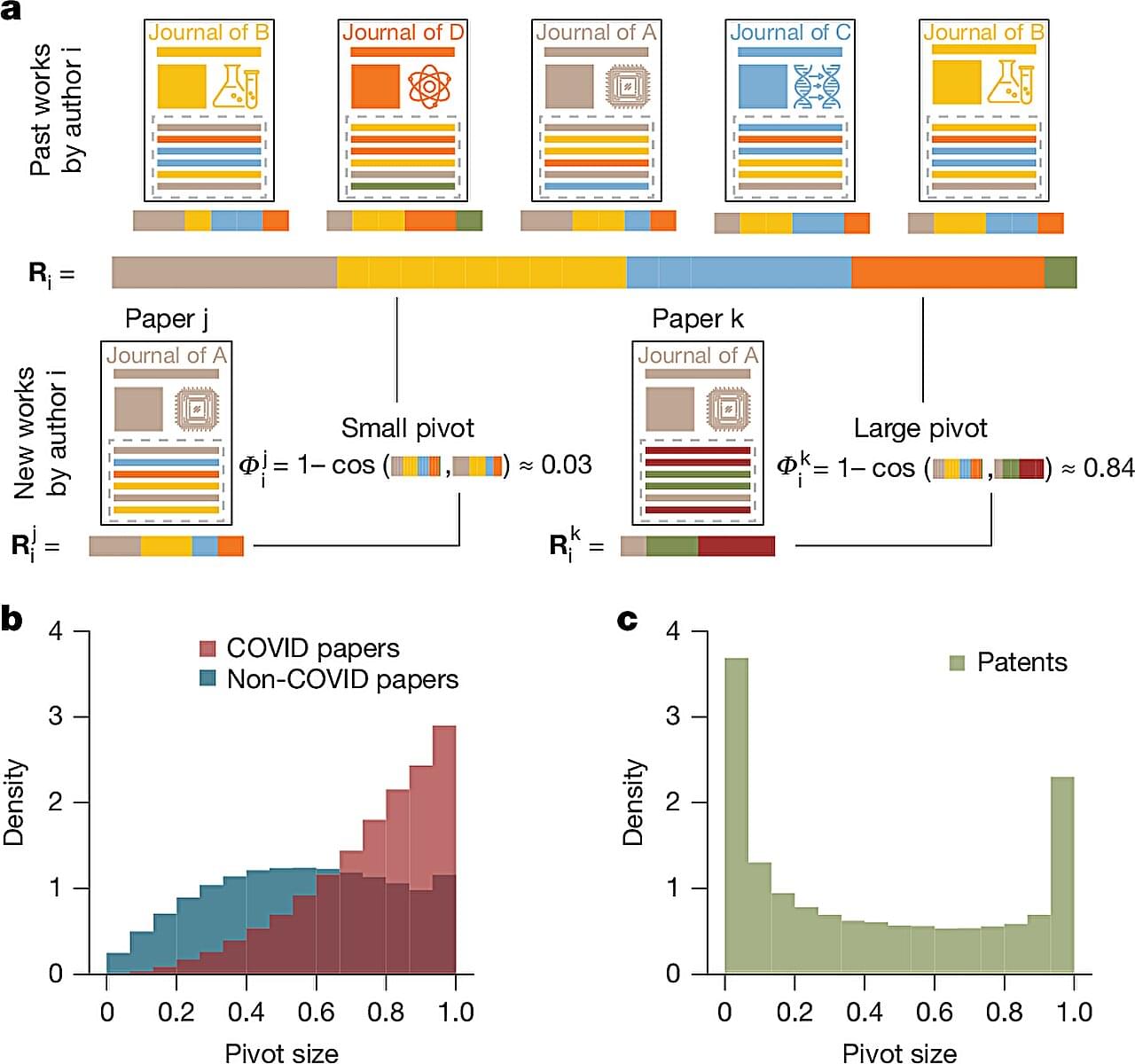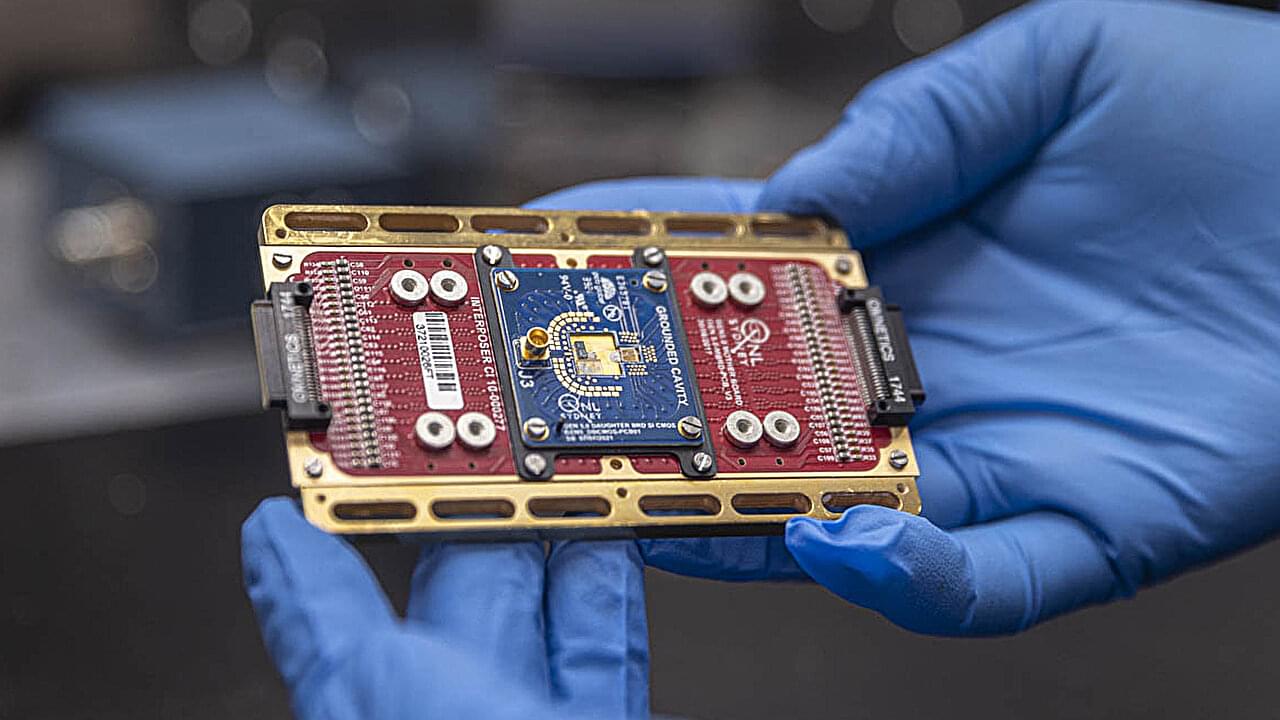In a groundbreaking development, scientists have started working on the building blocks of human life from scratch.
The project, dubbed the Synthetic Human Genome Project, is being funded by London-based Wellcome Trust, the World’s largest medical charity, with an initial investment of £10 million (approximately $12.7 million).
The research has been largely considered taboo due to fears that it could lead to designer babies or unintended consequences for future generations.
(That’s not my taboo. Creating Synthetic DNA can lead to the creation of synthetic humans. It can be useful in stopping wildlife extinction, but we don’t know the implications of what happens when we do. TheThe BBC also reported on this. Link in comments)
Work has started on a groundbreaking, yet contentious, project to create artificial human DNA from scratch, marking a potential world first.









